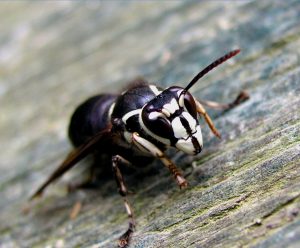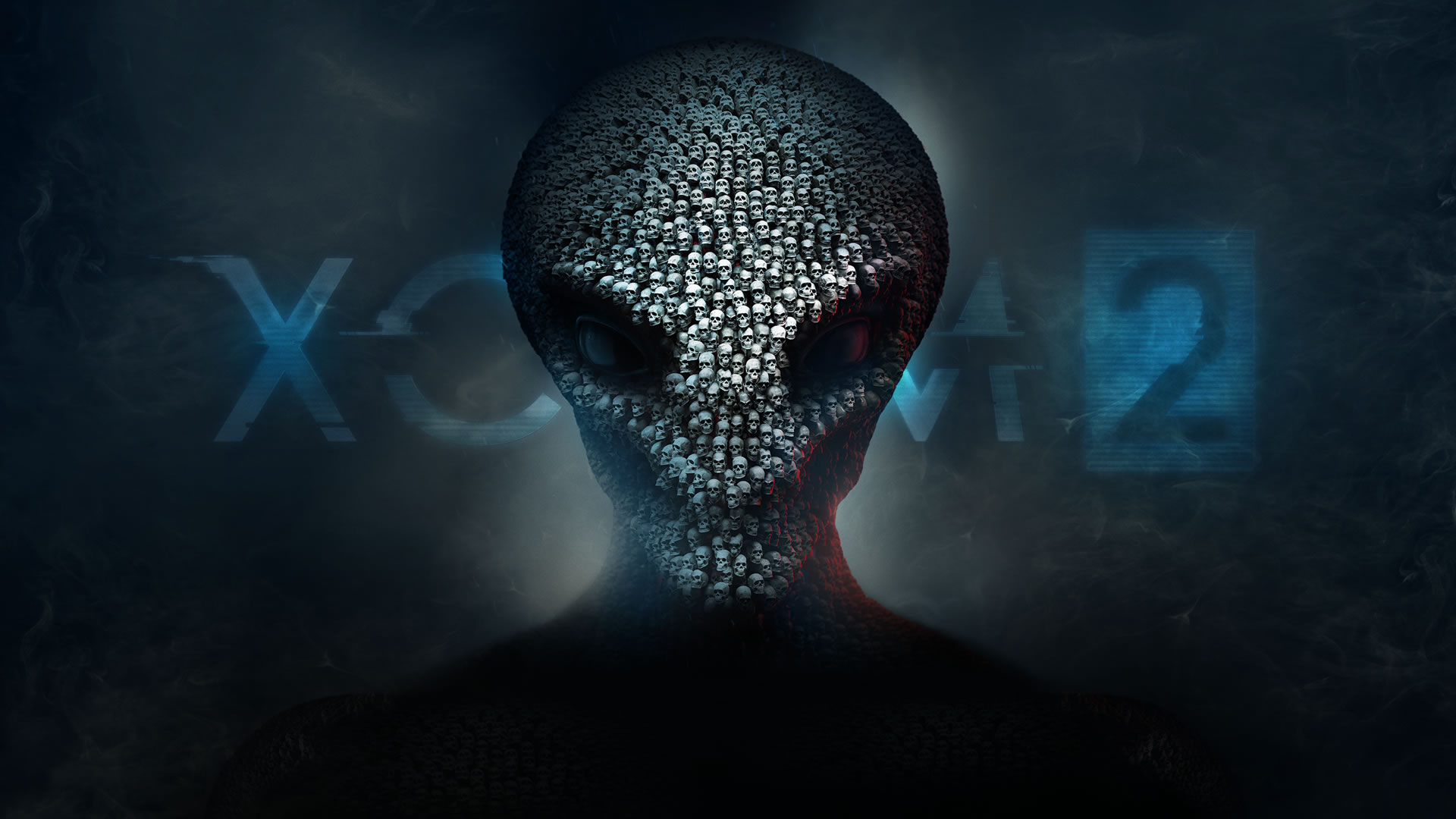As always, you can find all the posts in this setting by clicking here.
Note: this post, like other stuff dealing with Alchova, is pretty dark and creepy. In particular, towards the end it gets into weaponized fiendish possession. I suppose you can consider this a “Halloween post” but I figured a warning was appropriate.
Step-by-Step Construction
I thought it’d be fun this week to walk through the creation of one of the antagonist groups from Exadria that isn’t just some history and background on stuff from the core books.
One of the running themes you’ll see here is taking ideas from other sources and re-purposing them. We’ve often referred to this tactic on the podcast, but I don’t know that we’ve ever done any sort of worked example. I thought that providing one would be cool, particularly since with these bad guys I have taken ideas from nature, a third-party game publisher, a video game, one of my own players, and from my job.
Alien and Terrifying
One of the iconic fixtures of Alchova is its hive patrols – silent, ruthless insect-like humanoids that sweep out of nowhere to punish and oppress.
Originally when I was working on the setting, I used the Tosculi race from Kobold Press’s Midgard setting, and I’ve used the monster stats out of Tome of Beasts for the one fight my PC group has had with them so far, but going forward I’d like to make them into something a little more unique.
First of all, instead of just a “generic waspfolk” race, I am planning to base them specifically on the bald-faced hornet.

I’ve included a picture of one to the right for convenience.
Let me back up a little bit, though: when I decided that I wanted to do something custom for the setting, I started looking up various types of stinging insects. I kind of wanted to get away from the stereotypical black-and-yellow stripes of the honeybee, bumblebee, and yellowjacket, both because it’s kind of stereotypical and because I don’t find a bunch of yellow stripes to be all that sinister looking. So I started looking at varieties that had different coloration. An early front-runner was mud daubers. They’re jet black, very sleek-looking, and have these long, weird, almost cricket-like legs. They look almost like what you’d get if you crossed a wasp with a stealth fighter.
However, I wound up not using them for a few reasons: first of all, they’re pretty delicate-looking and I wanted the hornetfolk to be a more intimidating physical presence. The second is that they really aren’t very aggressive. We have them around where I live, and while they’re kinda freaky-looking (my wife calls them “ninja bugs”) I’ve never had one try to sting me when it’s gotten into the apartment. They really just seem interested in getting back outside. So with that pair of disqualifiers, I looked elsewhere and settled on the bald-faced hornet.
There are several things I liked about the bald-faced hornet as the template for an antagonistic species. The first is that they are menacing-looking little monsters. The white markings on their faces are vaguely skull-like and their black bodies are also pretty scary looking. Like most hornets and wasps, they’re fairly aggressive, particularly in defense of their nests, which feeds well into them being the basis for an evil army.

But the real clincher was this: like most hornets and wasps, they have a nasty stinger that they can use, but unlike many other types of hornet and wasp, they also have the ability to squirt blinding venom into the eyes of those they attack. That was the thing that ultimately sold me; not only are they a little more unusual-looking than your standard stripey yellow bee/wasp/hornet, they have an additional mode of attack! It’s just too perfect. Bald-faced hornets it is.
As an added bonus, their nests (see the image to the left) are suitably creepy-looking to work as the basis for hornetfolk hives grafted onto the sides of buildings, which is also a nice touch. So from a biological standpoint, I’m all set; I have nasty-looking, stinging, venom-spitting bugs with black bodies and white, skull-like facial markings. Blow them up to the size of a human, give them functional hands on the ends of their legs, and kit them out with rifles and some web gear and you’ve got a scary, alien enemy that’s perfect for the setting.
However, at this point they’re just another monster, and while that can be okay, it’s kinda boring. And if these are going to be recurring enemies (and I plan for them to be), they’re going to need a bit more texture than that. This is a good starting point, but right now we’re looking at pure “cannon fodder” instead of a memorable enemy force.
So let’s start digging into some of those other influences I referenced in the intro. The Hornetfolk that make up The Hive Patrol have, well, a hive mind. But this being fantasy, it can be more than simple pheromones and instinct, so I decided to ramp it up a bit with magic.
And this is where the job, video game, and player influences come into the story.
Distributed Evil
The hive mind of the hornetfolk works a little like a client-and-server model and a little like distributed computing. Rank is something inherent in the hornetfolk, and the “officers” aren’t exceptional individuals with special training and status- they are biologically and magically different from the lower-ranking drones. The individual drones are telepathic and communicate that way, but it’s not like every Hornetfolk body alive shares a single consciousness, though I might do that for some other monster some day. Instead, the drones are networked back to an officer who is networked back to an officer above it, etc.
The seed of this idea actually came up in play when Jenny tried using a mind-affecting spell on one of the lower-ranking hornetfolk. It made its save, and she wondered aloud if because of the hive mind, the other members of the unit would also be affected by the spell if it had failed its save.
A quick aside: this was one of those times where the ACTUAL answer to her question was, “I hadn’t even considered that yet!” She tried again, and thankfully that one made its save too, which allowed me some time to think about it because everything else in the dungeon was undead tomb guardians (they’re exploring some Klaridian ruins) and those all behave pretty differently from the Hornetfolk. I liked the idea a lot, but wanted to make it interesting. So I gave some thought to how I wanted it to work, and this is what I came up with.
Each member of a Hornetfolk “squad” is connected in what’s essentially a telepathic “mesh network.” For those unfamiliar with network topologies, a mesh network is simply one where every individual device is directly connected to every other individual device. In this case, the “devices” are individual hornetfolk soldiers. This close, constant connection gives them several advantages and disadvantages. The biggest of the advantages is the sharing of resources; members of a squad all know what the others know and get already-processed sensory information directly from each other on an as-needed basis in real time. That means that if one of the hornetfolk is on one side of a wall and can see enemies, another on the other side of the wall can shoot through the wall with pinpoint accuracy because it can “see” the targets in its mind. They all share everything they know and this means that if a squad learns something, the only way to keep them from reporting back up the chain of command is to slay them all. They also can share brainpower, making them better able to solve problems and work as a team. Additionally a spellcasting officer can cause a spell they cast to emerge from any of the drones under their control.
It’s not all upside for the hornetfolk, though, because a single mind-affecting spell or ability can spread throughout an entire squad. If the initial casting target makes its saving throw, nothing happens to the others. If it fails, however, the rest of the squad needs to save against the same spell or ability. The officer gets a +5 bonus on the save, but if it also fails, it can pass the effect up the chain of command to its officer (which gets a +10 bonus). If IT somehow fails, its superior gets a +15 bonus and so on. There have been a few very rare documented cases of a single , particularly-potent mind-affecting spell cascading through a significant chunk of a Hornetfolk army before petering out. This works in reverse, too – if an officer is hit with a spell, the units under it are also affected (but again with a +5 bonus). The same spell can only go in one direction, however – if a soldier fails and then the officer fails, it doesn’t cascade back down to the soldiers again.
Out of the structure of individual field units, connections are more sparse, following more of a fat tree network topology. Furthermore, the connections aren’t “always on,” either. A hornetfolk officer has to actually initiate a connection to its commander and report in, and while the process is quick if the squad isn’t fighting, it’s hard for them to relay a full information dump and fight at the same time. This doesn’t stop them from trying, but while higher command levels usually get a good sense that a unit has been lost in combat and their last location, they don’t get all of the squad’s knowledge going back to individual members’ first moments of consciousness. However, outside of combat, a hornetfolk officer can elect to “upload everything” and depending on their individual squad’s mission, they typically do so anywhere from twice a day to once a week.
At this juncture, it’s worth noting some things: as much as I’ve been using computer and networking terminology for the hornetfolk, they aren’t actual computers but mortal beings with brains, albeit very alien ones. They can get things wrong, forget, and don’t have everything they know constantly at the forefront of their minds all the time. Individual squads can kind of “think as one” because of the close telepathic connection, but it doesn’t go for the entire race, especially because the hornetfolk don’t all come from the same hive.
It’s also worth noting that hornetfolk are individuals rather than just copies that run a common personality, but their individuality is almost immediately suppressed by the hive mind as soon as they gain consciousness. A new hornetfolk starts out as an egg, grows into a larva, and finally hatches as a fully-formed hornetfolk of whatever type the hive needed when the egg was planted. The process takes about a month, during which the larva is telepathically imprinted into whatever squad it will be part of and fed a diet of ground-up protein. By the time it becomes fully conscious and self-aware it has already had its squad’s communal knowledge imprinted into its brain, which largely subsumes its own desires and personality. If an individual hornetfolk is cut off from the hive mind, usually by its squadmates and officer dying, it becomes a single self-aware individual. It still has all of its previous knowledge, but no longer has to act in accordance with the demands of the hive.
A Fiendish Connection
And this is where the video game influence comes in. Anyone who has played Mass Effect 2 knows that the phrase “assuming direct control” means things have just gotten serious. Each hive of hornetfolk is ruled and controlled by a single, incredibly powerful queen … and all of the hive queens in Alchova are in turn fused with a powerful fiendish spirit. The combination of the hornetfolk’s unique biology and fiendish possession means that at any time, the fiend can choose to take over any lower-ranking hornetfolk from the same hive. This causes the hornetfolk to undergo a significant, dramatic, and very swift physical transformation (what that looks like varies from hive to hive). It becomes the Fiend type and gains a bunch of additional abilities based on the nature of the controlling fiend. The fiend can only do this with a single hornetfolk at a time … at least in most cases … but it allows the hellish overlords of Alchova to project power to a remote and disposable vessel in the blink of an eye should they choose to do so.
It also means that the Hive Patrol aren’t the natural state for the hornetfolk. If a queen could be exorcised and moved out of the city, over time the hornetfolk from that hive would eventually become whatever alignment she wound up as rather than the Lawful Evil that they are due to fiendish influence. (Because of the incredibly-collective nature of the hornetfolk, they’d almost certainly be some sort of Lawful, however). Though it sounds simple, simple is not the same as easy; that would not be a trivial task! The possessing fiends have amplified the power of the already-powerful individual hive queens significantly and they are guarded by elite groups of both hornetfolk and fiends. Still I’m thinking such a task might be a fun high-level “inverted dungeon crawl” (work your way up a skyscraper into the nest at the top and exorcise the queen) for a party of PCs inclined to do so.
Steal Flagrantly, Unrepentantly, and With Both Hands
…er, when we’re talking about inspiration and gaming ideas, anyway. Please don’t apply that advice in every possible situation. Anyway, hopefully you found both the Hive Patrol and the creative process behind them to be interesting! As usual, I’m always interested in your thoughts or feedback.
The pictures in the body of the article are from the wikipedia article on the bald-faced hornet.




